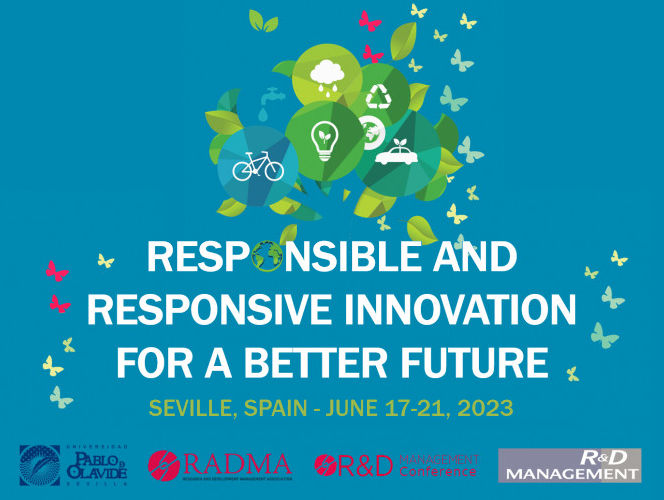Certain enabling technologies form the basis of innovation in complementary sectors, and drive the development of new ecosystems, observes Petra Nylund, Institute of Entrepreneurship and Innovation Science, University of Stuttgart. Her particular interest is understanding the mechanisms that connect enabling technologies with ecosystem emergence.
Ahead of the 2003 R&D Management Conference, we asked Petra about developments in her field.

Q. Why do some technologies create new ecosystems?
A. Fintech, synthetic biology and technologies that mitigate climate change are good examples of technologies that have enabled the birth of new ecosystems.
These enabling technologies share a number of characteristics – they are undergoing rapid development and serve as a basis for complementary innovations in other areas.
This can also be said to be true for pervasive general-purpose technologies, such as electricity or the Internet, but enabling technologies are distinctive as they tend to be less widespread but still drive the emergence of entire ecosystems that build on a common technological starting point. It is the complexity of the interactions in these ecosystems that intrigues my co-authors and me.
Q. Could a geographic area decide spontaneously to create an ecosystem around a particular technology?
A. There needs to be an accumulation of knowledge to develop the enabling technology and spawn an ecosystem and that still typically happens at universities and research institutes.
Universities also have an important role in providing the growing ecosystem with new talents. When the ecosystem grows, however, as we saw in our study of synthetic biology, the development of complementary technologies is increasingly geographically spread as it connects such diverse sectors as biopharmaceuticals, hardware, smart factories, smart cities, waste management, foodstuffs, and consumer goods.
Understanding different localized and industry-specific developments as sub-ecosystems of the overarching ecosystem of synthetic biology helps us understand the mechanisms of emergence.
Q. With the greater uptake of remote working, do you think we will see global technology ecosystems that have no allegiance to a particular location?
A. Technologies for remote collaboration certainly foments global ecosystems, since knowledge can travel virtually. This is especially important for enabling technologies, since they are picked up by different industries which then also have location advantages in different places.
The spread of enabling technologies is becoming faster with the ever better virtual knowledge sharing and AI. This also means that cross-ecosystem collaboration is becoming increasingly complex, with industries and institutions of different clock speeds trying to collaborate as well as protect their IP to capture value from innovation.
R&D Management Conference 2023: Responsible and Responsive Innovation for a Better Future
Pablo De Olavide University, Spain, 17-21 June 2023
2.3. Enabling technologies for innovation ecosystem emergence
Track Chairs: Petra Nylund, University of Stuttgart
Anne-Laure Mention, RMIT
Ferran Giones, University of Stuttgart
Božidar Vlačić, Católica Porto Business School
Alexander Brem, University of Stuttgart


